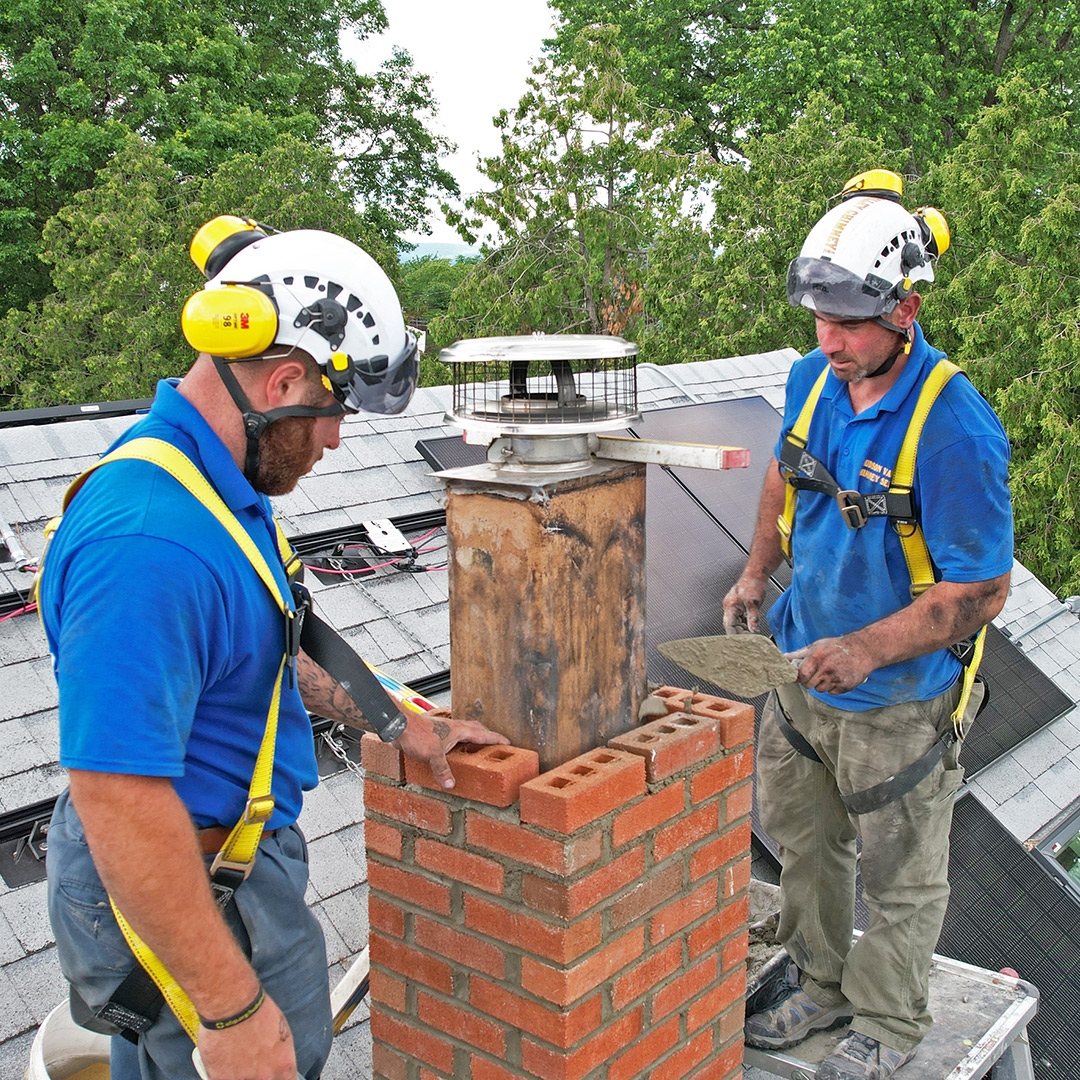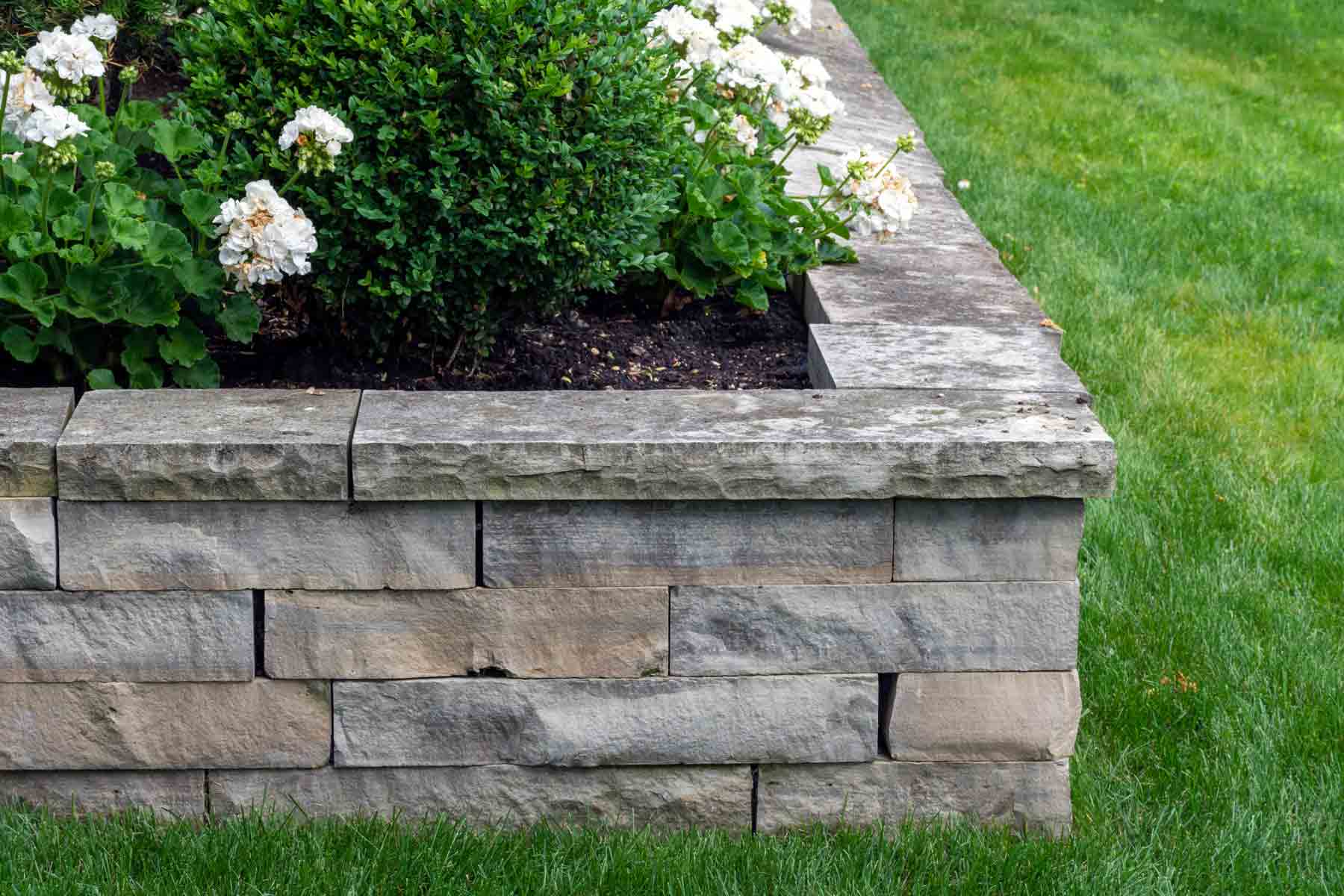Trustworthy Chimney Services: Maintenance and Service Done Right
Opening the Secrets of Lasting Masonry Building And Construction Practices for Eco-Friendly Buildings
In the realm of modern building and construction, the quest of sustainable methods has come to be paramount. Amongst the myriad techniques to environment-friendly structure, sustainable stonework building sticks out as a tried and true and resilient approach that holds a riches of untapped capacity. From the choice of materials to ingenious construction methods, the keys to achieving sustainability within stonework construction are diverse and fascinating. By exploring the advantages, products, methods, and future trends of lasting stonework, a much deeper understanding of exactly how these techniques can form the future of eco-friendly structures emerges.
Benefits of Sustainable Stonework Building
Accepting lasting stonework building techniques not just lowers environmental effect yet also uses lasting economic advantages to builders and communities. By making use of products like recycled bricks, obstructs, and rocks, builders can significantly reduce the carbon footprint of their jobs while advertising source effectiveness. Additionally, sustainable stonework building and construction strategies, such as appropriate insulation and thermal mass homes, can boost power performance within structures, resulting in reduced operational costs with time.
Additionally, the sturdiness and durability of stonework structures contribute to lasting financial advantages. Buildings built utilizing sustainable masonry techniques commonly call for much less repair and maintenance, equating to cost financial savings for builders and homeowner. The long life of masonry products additionally makes sure that structures continue to be stable and safe and secure, minimizing the demand for constant remodellings or replacements.
Eco-Friendly Masonry Materials
Using environment-friendly masonry materials is an essential step in the direction of boosting the sustainability of construction methods and reducing ecological influence while making best use of lasting financial advantages. Lasting stonework materials are sourced, generated, and made use of in a manner that minimizes total environmental impact. Materials such as recycled blocks, reclaimed stone, and sustainable concrete blocks are ending up being significantly prominent choices for eco-conscious builders. Recycled blocks, as an example, not only draw away waste from land fills however additionally require less energy to generate compared to new blocks. Redeemed stone supplies an unique aesthetic appeal while decreasing the need for new quarrying. Sustainable concrete blocks integrate recycled accumulations and may feature better insulation buildings, adding to energy performance in buildings.
Additionally, all-natural materials like adobe, rammed earth, and straw bales give excellent thermal mass residential or commercial properties, minimizing the demand for heating and cooling energy. These products are usually in your area readily available, promoting regional economies and decreasing transportation-related carbon emissions. By picking green stonework materials, construction tasks can dramatically minimize their ecological impact and add to the production of healthier, much more lasting built settings.
Energy-Efficient Stonework Methods
Energy efficiency plays an essential function in view publisher site enhancing the sustainability of masonry construction practices. By applying energy-efficient stonework techniques, home builders can significantly lower the overall power usage of a structure, resulting in lower operational prices and a smaller sized ecological footprint. One key energy-efficient stonework method is using thermal mass, which involves including dense materials like concrete or block into the building's framework to absorb and save warmth. This assists control indoor temperature levels, lowering the need for mechanical heating and cooling systems.

Innovations in Sustainable Stonework
Current improvements in sustainable stonework methods have produced innovative strategies that are improving the building industry. One such innovation is the development of self-healing concrete, which utilizes microorganisms installed within the concrete to heal cracks autonomously. This development not only reduces maintenance prices however also boosts the durability of stonework structures, adding to their sustainability.
One more remarkable advancement is the use of recycled accumulations in masonry construction - masonry contractor. By integrating materials such as smashed ceramic waste or recycled glass right into concrete mixes, home builders can reduce the ecological impact of building projects while preserving architectural integrity. This practice not only diverts waste from garbage dumps yet additionally preserves natural deposits, making it an essential development in lasting stonework building
Moreover, the integration of electronic layout tools, such as Structure Details Modeling (BIM), is transforming the method masonry frameworks are planned and constructed. BIM enables for even more specific calculations, decreased material waste, and go enhanced power performance, ultimately resulting in more lasting structure practices. These technologies collectively represent a promising future for sustainable masonry building and construction in the period of environmentally friendly structures.
Future Trends in Masonry Sustainability
With the ingenious strides made in lasting masonry methods, the future patterns in masonry sustainability are positioned to additional change the building and construction sector. Among the vital fads forming the future of stonework sustainability is the enhanced integration of technology. Developments such as Building Information Modeling (BIM) and special info virtual reality simulations are being used to enhance masonry building and construction processes, leading to lowered product waste and boosted energy performance in structures.
Moreover, the advancement of novel sustainable materials is readied to play a significant function in improving the eco-friendliness of stonework construction. masonry contractor. Technologies like self-healing concrete, recycled accumulations, and bio-based binders are acquiring traction for their ability to decrease ecological effect while keeping structural honesty

Verdict
In conclusion, sustainable masonry building methods supply countless advantages for environmentally friendly buildings. By utilizing environmentally friendly products and energy-efficient strategies, stonework can add to an extra lasting constructed setting. Innovations in sustainable stonework are continuously being created to better boost the environmental performance of buildings. Looking in the direction of the future, the pattern of masonry sustainability is expected to expand, leading to more eco-friendly and energy-efficient building and construction methods in the years to find.